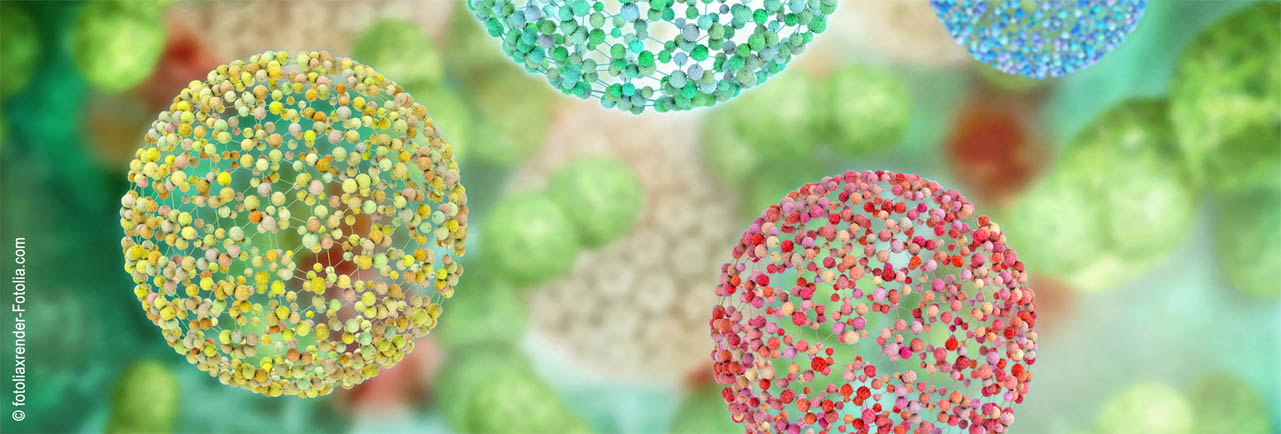Speaker
Description
Cellulose is the most available, renewable and biodegradable polymer used in applications ranging from traditional productions to new biomaterials. However, the limited solubility of cellulose in common solvents except for environmentally costly solvents hindered applications. Recently, some ionic liquids (ILs) were found able to dissolve cellulose. Together with other techniques, small angle neutron/X-ray scattering can help to understand the molecular behavior for broader application and process optimization.
We have already studied the microcrystalline cellulose in a semi-dilute solution in an ionic liquid BMIMAc (1-Butyl-3-methylimidazolium acetate). The correlation length ξ of cellulose chains was determined using small angle X-ray scattering. Combining the SAXS experiment from laboratory XEUSS (LLB, CEA-Saclay, France) with rheology, the relation between ξ and the known variation of concentration C represent the semi-flexible chain, shows a more soft chain (ξ ~ C^-0.89) in BMIMAc than (ξ ~ C^-0.76) in EMIMAc (1-Ethyl-3-methylimidazolium acetate)[1].
Furthermore, we also studied the swelling of nanocrystal cellulose at high concentrations, with increasing ionic liquids concentrations, the crystal part deformed and ultimately destroyed to form the chain dissolved in ionic liquids.
Our further goal is to measure the form factor (scattering of a single chain) in solution of cellulose chains, under the conditions where they are interpenetrated (above overlapping), i.e. in spite of inter-chains interactions. Bacterial cellulose can be perdeuteriated (D) or not (H). We can first match H chains by a convenient mixture of H and D solvent, and measure the intensity for variable D fractions at constant total concentration of all chains (H + D). We then extrapolate the form factor at zero D chains fraction. That will benefit of SANS through the deuteriation possibilities.
The results here presented will contribute to improve the understanding of cellulose chain conformation and to promote their application.
Reference
[1] Napso, S.; Rein, D. M.; Khalfin, R.; Cohen, Y. Semidilute Solution Structure of Cellulose in an Ionic Liquid and Its Mixture with a Polar Organic Co-Solvent Studied by Small-Angle X-Ray Scattering. J. Polym. Sci. Part B: Polym. Phys. 2017, 55 (11), 888–894. https://doi.org/10.1002/polb.24337.

